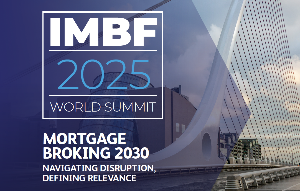
QV’s latest House Price Index shows the average value of houses increased 3.6% nationally over the past three-month period to the end of September.
This was up slightly from the 3.3% quarterly growth in August.
The national average value now sits at $977,456. This represents an increase of 26.3% year-on-year, down a fraction from 26.6% in August.
QV general manager David Nagel says he regards this as an aberration.
In the previous three months there had been a reducing rate of growth.
Nine of the 16 urban areas QV monitors have shown a slight rebound. Queenstown values rose at a significant 9.4%.
In the Auckland region, the average value now sits at $1.391 million, rising 3.3% over the past three-month period, with annual growth of 23.9% dropping slightly from August’s year-on-year growth of 24%.
Nagel says there have been mixed results across the country with seven centres continuing the recent trend of a gradual slowdown in the rate of growth.
“Ongoing lockdowns are continuing to impact the number of fresh listings, particularly in Auckland and this has possibly contributed to another strong month of value growth, with buyers continuing to vie for limited stock.
“We’re hearing anecdotal evidence from agents that appraisal enquiries are on the rise in many locations – a great signal that spring might finally provide the listings normally expected,” he says.
The strongest value gains for the main cities over the past three months have come from Queenstown Lakes District at 9.4% growth in value, well up from 2.9% value growth last month, followed by Christchurch at 7.7% growth, building further on the strong growth of 5.8% in August.
None of the major urban areas QV monitors have seen a decline in average value, but Rotorua continues to slow at 0.8% compared to its rolling three-monthly growth rate of 1.9% in August.
Central New Zealand continues to show the strongest annual rate of value growth, with three of the four fastest growing regions all in the lower North Island.
Values in the Manawatū-Whanganui region have grown 35% in the past year, while Hawke’s Bay and greater Wellington regions have experienced annual growth of 33.2% and 32.3% respectively.
West Coast has the strongest annual rate of growth in the South Island at 32%.
The three lowest annual growth rates are all in the South Island, with the Southland region experiencing a still-significant 20.3% increase, the Tasman region showing 22.3% and Otago at 23.3% annual growth.




Comments
No comments yet.
Sign In to add your comment